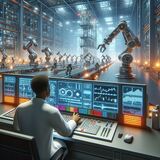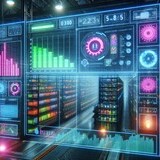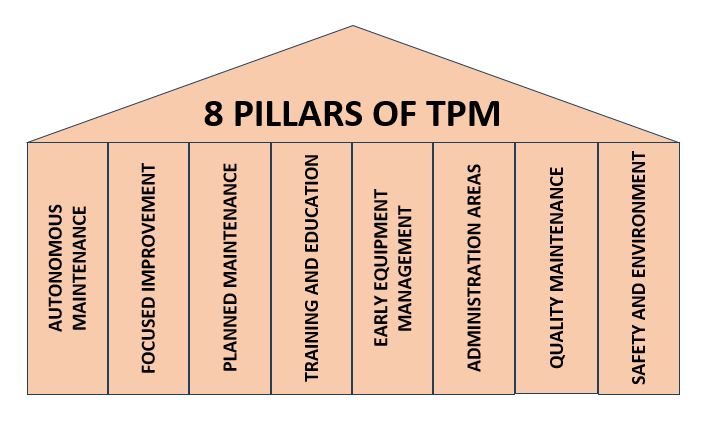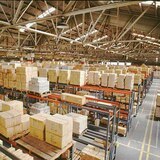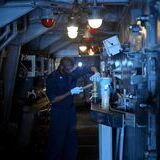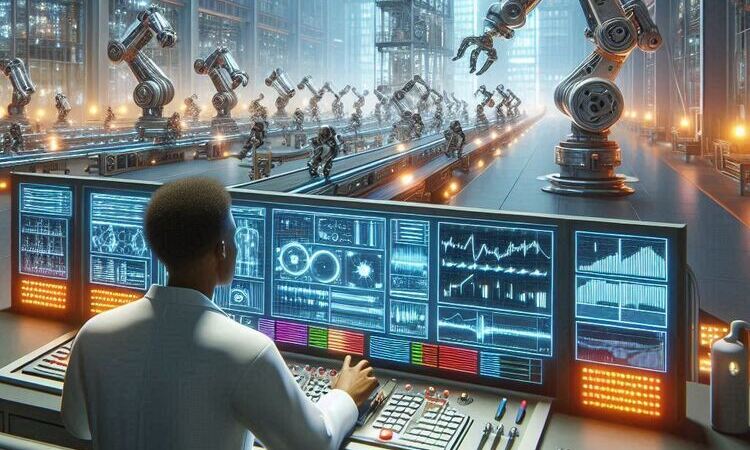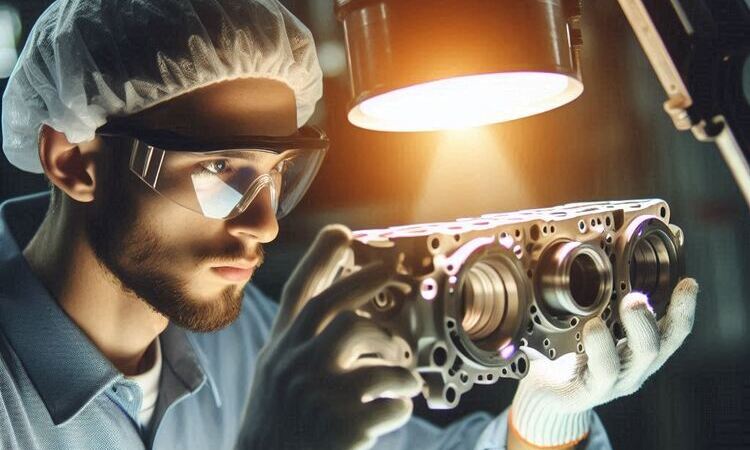Introduction to TPM: Total Productive Maintenance
TPM stands for "Total Productive Maintenance". It is an industrial maintenance management methodology originating in Japan, specifically Nippon Denso (Toyota's electronic components subsidiary), which focuses on optimizing the operation of equipment and processes trying to eliminate all wastes related to stoppages, poor quality, accidents...
The TPM philosophy tries to involve in the maintenance task all the personnel involved in the productive process, not only the maintenance technicians, as it is usual to see in traditional companies.
TPM has 8 fundamental pillars that we are going to explain now:
- Autonomous Maintenance
- Focused Improvements
- Planned Maintenance
- Education and Training
- Early Equipment Management
- TPM in Administrative Areas
- Quality Maintenance
- Safety and Environment
Autonomous Maintenance (Jishu Hozen)
The TPM philosophy tries to instill a sense of ownership in the operators over their machines.
So for example at the beginning of the shift, operators would be responsible for checking simple maintenance tasks on the machine they are assigned to such as:
- Air pressure
- Oil level
- Voltage
- Sensor regulation
- Cleaning
These simple actions will extend the life of the equipment.
Providing operators with a certain level of technical training will also enable them to solve simple equipment operating problems, which will allow for a quicker response to frequent day-to-day incidents, and will free up maintenance personnel for more complex tasks.
Focused Improvements
This pillar of TPM is about creating small groups of people from different positions (in order to provide different points of view) to work proactively on multiple improvements that will result in an increase in the efficiency of the equipment, which will increase the OEE.
It would be like a kind of Kaizen or continuous improvement applied mainly to the improvement of OEE in the equipments. This will be discussed in more detail in a specific post.
Planned Maintenance
Ideally, prior to this pillar of TPM, a machine FMEA should have been performed (see Introduction to Failure Mode and Effects Analysis: FMEA) in order to see the failure modes and risks of each machine and to develop the best plan to mitigate them.
Planned maintenance in TPM refers to preventive maintenance. This planning prevents breakdowns by checking certain characteristics of a given machine. This will greatly improve machine availability by minimizing the occurrence of machine damage that can impact production.
The goal of this pillar of TPM will be to achieve zero breakdowns, zero defects, zero waste, zero accidents and zero contamination.
Education and Training
This pillar is similar to "Autonomous Maintenance", as it is also related to operator training. However, "Autonomous Maintenance" refers to training to support "simple" maintenance tasks, and this pillar is related to the standard work performed by the employees.
The objective of this pillar will be to have trained and versatile personnel in the different work positions and to guarantee the development of competencies, taking into account the objectives that the organization has.
Early Equipment Maintenance
In order to reduce maintenance costs, at this stage the use of new equipment or machines is planned and a design is made of the processes and projects for which they will be applied.
TPM in Administrative Areas
In this pillar the TPM philosophy is applied to reduce or eliminate waste in administrative departments that manage goods or services and that can generate profits or losses in the company. Some of these departments would be engineering, planning, projects, human resources, departments linked to production, etc.
Applying process improvement in these departments will optimize their performance and have a direct impact on productivity.
Quality Maintenance
This pillar focuses on the condition of the machinery to achieve the highest quality standards in the final product.
It is important to differentiate between "Quality Control", focused on the process, and "Quality Maintenance", focused on the machines in order to achieve quality.
Safety and Environment
This pillar focuses on mitigating all risks related to the safety and health of workers. It will seek to prevent accidents and environmental contamination with the help of the other pillars mentioned above.

